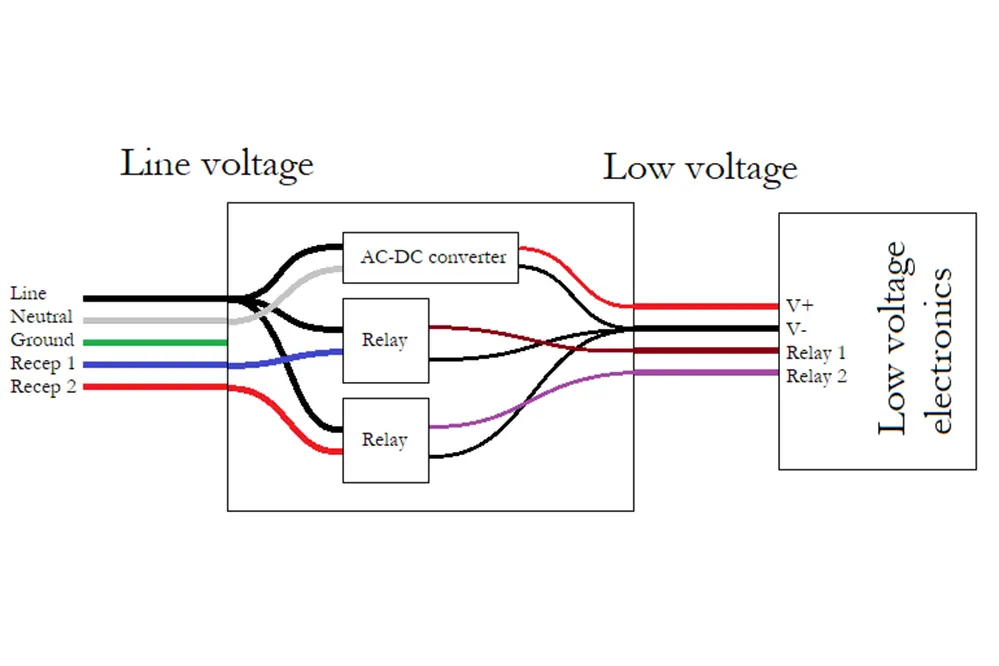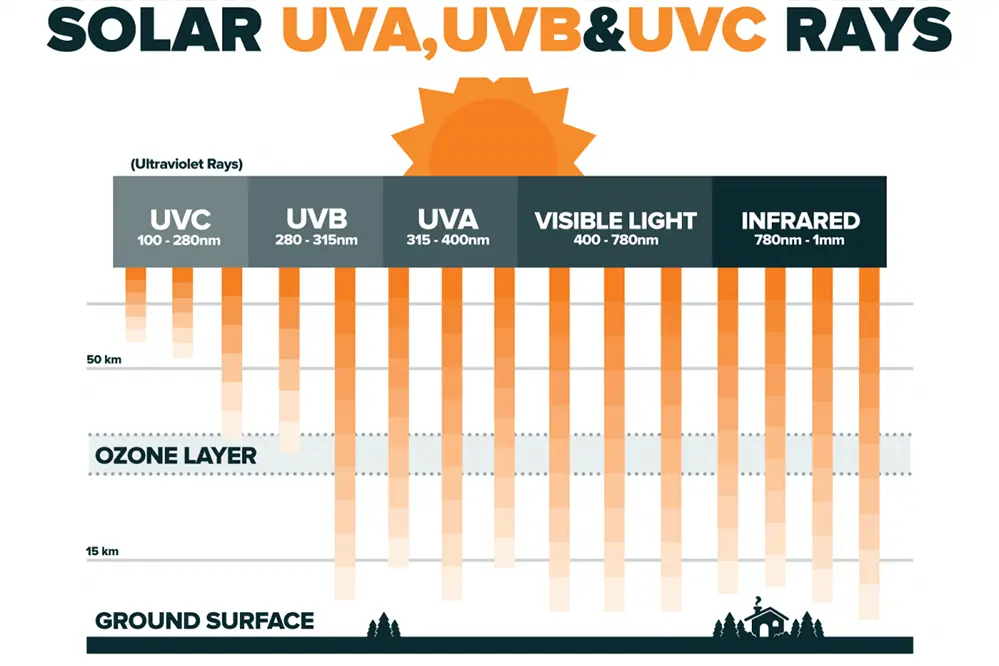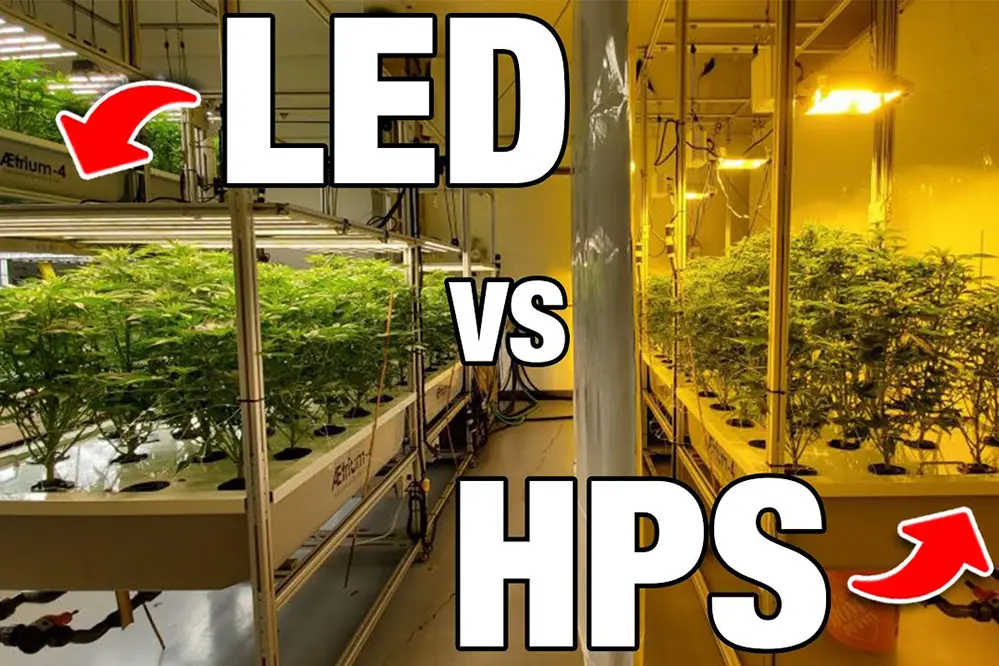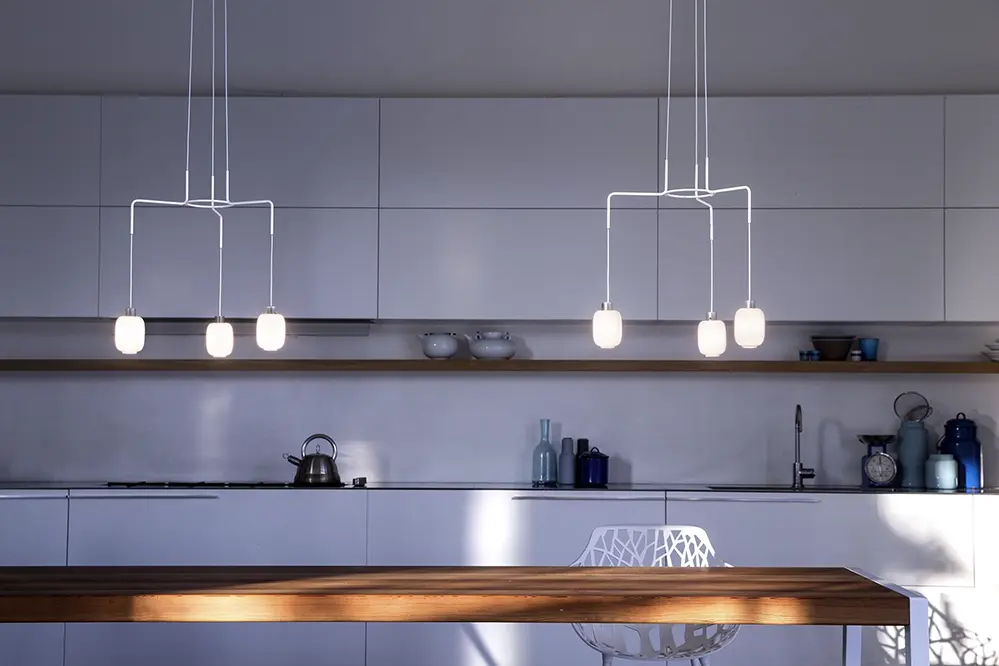Have you ever wondered why choosing between line voltage and low voltage is crucial for your electrical projects? This decision can dramatically influence the efficiency, safety, and overall success of your endeavors. Understanding the key differences between these two systems is essential for making informed choices that align with your project’s needs.
Many people face common challenges and misconceptions when it comes to selecting the appropriate voltage system. Some believe that one system is universally better than the other, while others are unaware of the specific applications where each system excels. These misunderstandings can lead to suboptimal decisions that impact both performance and cost.
The significance of this topic extends beyond mere technical details. Choosing the right voltage system can enhance operational efficiency, reduce costs, and improve safety, especially when incorporating a transformer to adapt between different voltage levels. For large-scale projects, line voltage systems offer robustness and extensive reach, while low voltage systems are ideal for areas with spatial constraints and heightened safety concerns.
In this blog post, we will cover the key differences between line voltage and low voltage, including their applications, benefits, and potential drawbacks. By the end, you’ll have a clear understanding of which system is best suited for your specific needs.
Ready to make a smart, strategic decision for your next project? Dive into the details and discover how understanding line voltage vs low voltage can transform your approach to electrical systems by effectively using a transformer to adjust voltage levels as needed.
What is Line Voltage?
Line voltage refers to standard household voltage.
Typically, this voltage level ranges from 110 to 220 volts. The most common use of line voltage in residential applications involves powering large appliances and lighting systems that demand consistent power. Historically, line voltage has set the precedent for electricity delivery in many countries around the globe.
Line voltage is commonly used throughout residences.
This higher voltage level ensures that adequate power is delivered to various devices – from ovens and refrigerators to heating systems – so they function without hindrance. It provides the necessary robustness and reliability for everyday electrical needs.
In many regions worldwide, line voltage is standardized, allowing for seamless integration of appliances and systems designed to operate within specific voltage ranges. This standardization cultivates an environment where innovations in home and industrial applications can flourish, knowing that the power delivered complies with globally recognized regulations. Understanding and leveraging line voltage effectively can drive significant advancements in performance and safety.
What is Low Voltage?
Low voltage refers to an electrical potential notably lower than standard line voltage. Typically, low voltage ranges from 12 to 24 volts, encompassing applications such as doorbells, lighting, and telecommunications.
Common examples include outdoor lighting, landscape lighting, thermostat controls, and intercom systems.
By employing transformers, standard line voltage is stepped down to safer levels, minimizing the risk of electrical shock and allowing for flexible, innovative installations in both residential and commercial settings. Low voltage systems often prove to be more energy-efficient, cost-effective, and easier to install and maintain.
This electrical tier advances safety by reducing the hazard of severe injuries while enhancing the aesthetics and functionality of living and working spaces. Consequently, low voltage configurations stand as a testament to the harmonious blend of technology, efficiency, and safety, inspiring modern solutions to age-old challenges.
Applications of Line Voltage
Line voltage, typically measured at 120 or 240 volts, underscores many foundational electrical applications integral to modern environments.
Predominantly, it powers residential and commercial buildings, providing the necessary energy to operate lighting systems, heating, ventilation, air conditioning (HVAC) systems, and robust kitchen appliances. This voltage level also drives critical infrastructure elements, such as pumps and elevators, ensuring smooth and reliable operation that forms the backbone of functional urban living and business spaces.
Moreover, line voltage is vital within industrial settings, energizing machinery that requires a significant amount of power to function efficiently and safely. Notable examples include manufacturing equipment, large-scale refrigeration units, and electronic communication systems. The high voltage level facilitates the efficient transmission of electricity over long distances, achieving operational efficiency and consistency.
Therefore, the applications of line voltage are inherently diverse and expansive, touching almost every facet of daily life and industrial operation. This voltage level enables significant technological advancements and ensures that essential systems remain operational, reliable, and efficient, thereby optimizing the quality of life and productivity across various sectors.
Applications of Low Voltage
Low voltage systems are pivotal in various applications that prioritize safety, precision, and energy efficiency. These systems are often utilized in environments where high voltage could pose unnecessary risks.
Examples of low voltage applications include residential and commercial lighting systems, as well as outdoor lighting. These systems benefit from the safety and energy efficiency of low voltage.
In addition, telecommunication and IT infrastructure heavily rely on low voltage systems and transformer technology to power networking equipment, servers, and data centers. This dependency underscores the importance of reliable and efficient low voltage solutions in our increasingly digital world.
Moreover, low voltage is instrumental in the realm of renewable energy. It is commonly used in solar power installations, where photovoltaic cells generate electricity at low voltages. This electricity is then converted and managed to provide sustainable and eco-friendly power solutions. As such, low voltage applications foster innovation and promote a greener, more sustainable future.
Key Differences Between Line Voltage and Low Voltage
Line voltage and low voltage differ significantly. Line voltage typically ranges from 120V to 240V. This voltage is common in most households and commercial settings, where it powers various standard appliances and fixtures. Conversely, low voltage is any voltage below 50V, such as 12V or 24V, commonly used for specialized applications requiring less power and heightened safety.
One major difference lies in their applications. Line voltage is used for high-demand appliances like ovens, refrigerators, and large HVAC systems. In contrast, low voltage is prevalent in garden lighting, security systems, and communications applications.
Maintenance for low voltage systems is generally less costly and complex. This simplicity often translates to reduced operational costs and increased longevity.
From an installation perspective, low voltage wiring is easier and safer to handle, allowing more flexibility for custom solutions. Meanwhile, line voltage systems might necessitate professional installation and strict adherence to electrical codes.
The choice between line voltage and low voltage ultimately depends on the specific requirements of your project. By understanding their unique characteristics, you can make informed decisions that ensure both efficiency and safety in your electrical setups.
Electrical Efficiency Comparison
When evaluating electrical efficiency, both line voltage and low voltage offer distinct advantages that cater to unique applications and requirements.
For instance, line voltage systems are a powerhouse choice for scenarios demanding substantial energy, minimizing distribution losses and ensuring robust performance. These high-energy scenarios benefit from the direct and intense electrical flow, resulting in efficient power transmission with minimal energy dissipation throughout the extensive delivery network.
Conversely, low voltage systems cater to applications where energy consumption is stringent. By leveraging lower energy intensities, these systems not only conserve power but also extend the lifespan of the components, thanks to reduced thermal stress and material degradation.
Ultimately, the most effective solution depends on the specific application context. Embracing line voltage for high-demand operations translates to immeasurable efficiency benefits, while adopting low voltage systems for specialized, lower-power applications ensures optimized energy use, exemplary safety, and enhanced sustainability. Both systems exhibit unparalleled merit, fostering a seamless balance of efficiency and ingenuity in electrical infrastructures.
Safety Considerations
Safety considerations mark stark differences when comparing line voltage vs low voltage systems.
Line voltage, often exceeding 100 volts, necessitates stringent safety protocols to protect individuals and infrastructures. The elevated risk of electric shock and fire hazards calls for meticulous insulation, grounding practices, and compliance with national electrical codes to minimize potential dangers.
In contrast, low voltage systems carry a substantially lower risk of harm. Operating at reduced voltages, generally below 50 volts, these systems present less severe electrical shocks and diminished fire risk, making them favorable for residential and commercial settings.
Both line voltage and low voltage applications require adherence to safety standards tailored to their respective risks. Awareness and compliance with these standards guarantee not only the integrity of the electrical system but also the well-being of everyone involved, exemplifying a strategic commitment to proactive and responsible power management.
Installation Process
The installation processes of line voltage and low voltage systems differ significantly.
Line voltage systems necessitate a more complex and rigorous installation process. Due to higher voltages, these systems require professional installation to ensure compliance with stringent safety standards and electrical codes. This includes using appropriately rated insulation materials and devices.
In contrast, low voltage installations, such as those for outdoor lighting, are often simpler and can be performed by knowledgeable individuals with less stringent requirements. However, it is still critical to follow specific guidelines to maintain safety standards.
With low voltage systems, such as those used in landscape lighting or doorbell circuits, the risk is lower, which allows for a less labor-intensive installation process. This can make these systems more accessible for DIY enthusiasts while still adhering to fundamental safety practices.
Choosing the appropriate voltage level for your installation aligns functionality with safety requirements.
Cost Implications
The cost structures of line voltage and low voltage systems present distinct characteristics with clear financial implications for both.
Low voltage systems often come with lower initial costs.
These include simplified installation requirements and less expensive equipment, rendering them accessible to a broader spectrum of users. Despite lower upfront expenditures, it’s essential to factor in potential maintenance and component replacement costs.
Conversely, line voltage systems typically involve higher costs due to the need for professional installation, adherence to extensive safety codes, and the use of robust materials. While this might mean greater initial investment, these systems also afford improved durability and efficiency, potentially resulting in long-term savings and enhanced operational reliability.
Balancing the immediate cost against potential future savings is crucial in the decision-making process. Evaluating your specific needs and forecasting total cost of ownership will empower you to choose the most economically viable system. Each scenario demands careful consideration to achieve the optimal balance between initial expenditure, ongoing maintenance, and overall system longevity.
Maintenance Requirements
Line voltage systems require rigorous maintenance due to their high operational power and complex installation protocols. Regular inspections are mandatory.
Technicians must verify that all connections remain secure and intact.
This necessitates scheduled check-ups and preventive maintenance to ensure operational safety. Organizations must allocate a dedicated team to keep the system running optimally and in accordance with regulatory standards.
Low voltage systems, on the other hand, benefit from a reduced need for constant oversight. These systems usually involve simpler maintenance tasks such as checking connections and replacing occasional components. This user-friendly approach decreases the overall maintenance budget while still ensuring consistent performance and reliability.
Impact on Energy Consumption
Understanding the energy consumption of line voltage vs low voltage is fundamental for effective energy management.
Line voltage systems generally consume more energy due to their higher operational power.
In contrast, low voltage systems are designed to operate with a significantly lower energy footprint, translating to considerable cost savings.
Ultimately, the choice between line voltage and low voltage systems can profoundly influence your energy expenditures. By considering these systems’ energy profiles, you can make sound, sustainable decisions that bolster both your financial performance and environmental stewardship.
Scalability and Flexibility
In the evolving landscape of electrical systems, scalability and flexibility are crucial considerations.
Recent years, industry professionals have increasingly gravitated towards systems that offer greater adaptability and range of implementation, crucial attributes in modern infrastructure.
Undeniably, line voltage’s ability to manage expansive areas makes it an attractive option for large-scale projects, often utilizing a transformer to step down or step up the voltage level as required. Its extensiveness provides operational flexibility necessary for robust industrial environments.
Conversely, the compact nature of low voltage systems shines in environments where tight space constraints dominate. These systems empower users to craft versatile configurations with minimal spatial requirements.
Examining scalability and flexibility, each voltage system demonstrates unique advantages tailored to diverse applications.
Conclusion: Choosing the Right Voltage for Your Needs
Selecting the appropriate voltage system, including considerations for outdoor lighting, is a critical decision that hinges on a comprehensive evaluation of your specific needs, spatial constraints, and project scale. This choice significantly impacts operational efficiency and overall project success. Line voltage systems, known for their robustness and extensive reach, are particularly advantageous for large-scale projects. Conversely, low voltage systems excel in environments with spatial limitations and heightened safety concerns, offering a versatile solution for various applications.
Understanding the key differences between line voltage and low voltage systems is essential for optimizing project outcomes and enhancing sustainability efforts. By thoroughly examining your unique context, you can make informed, strategic decisions that maximize the potential of your electrical system. Empowering yourself with this knowledge ensures that you not only meet your immediate needs but also set the stage for long-term operational excellence.





